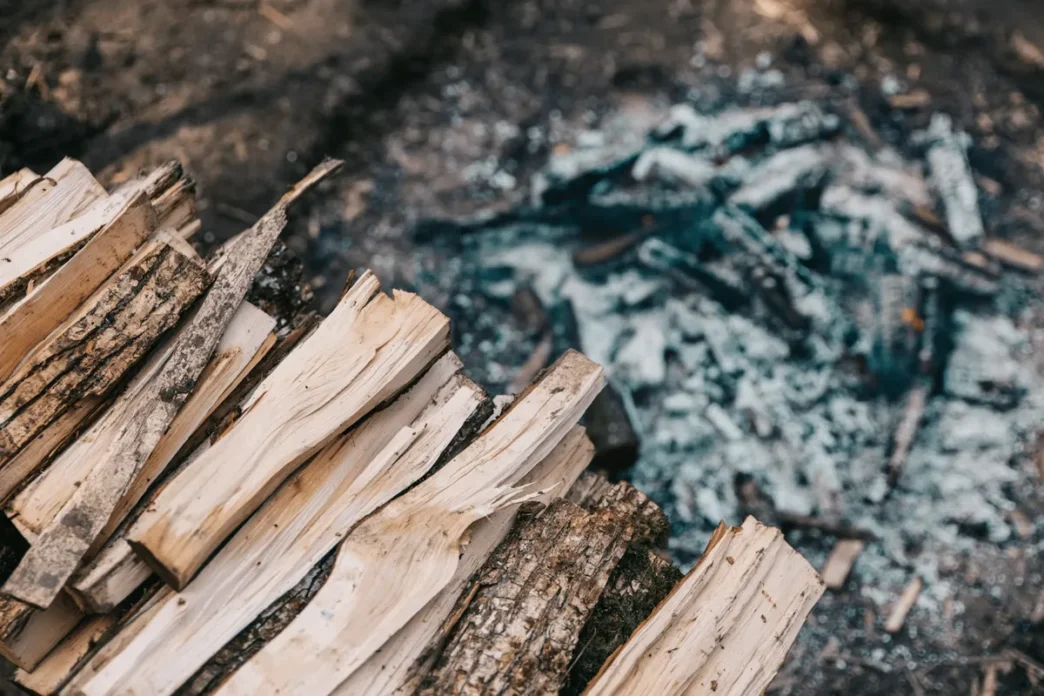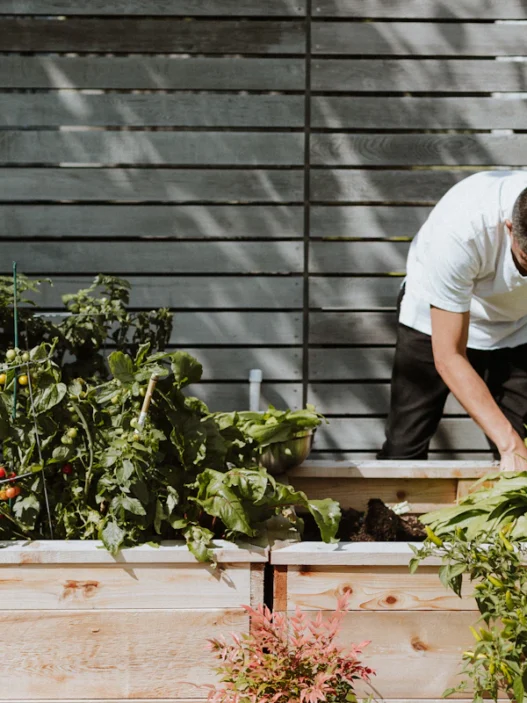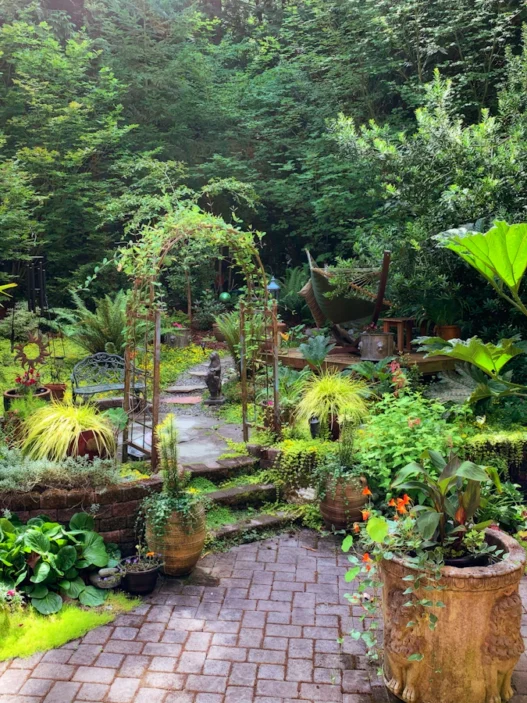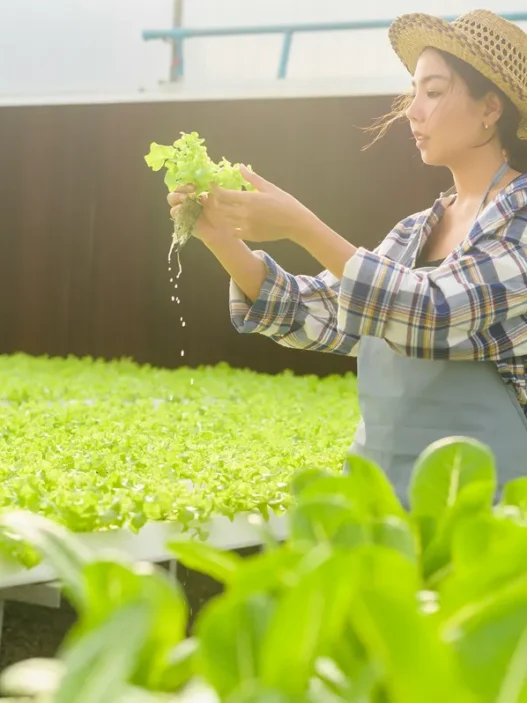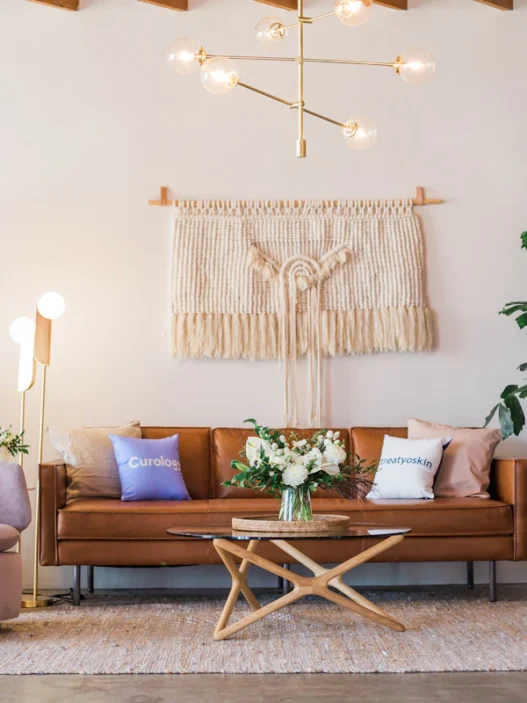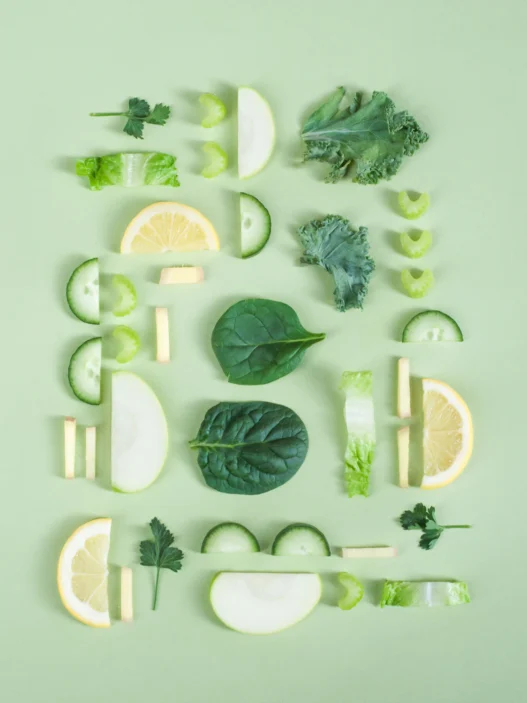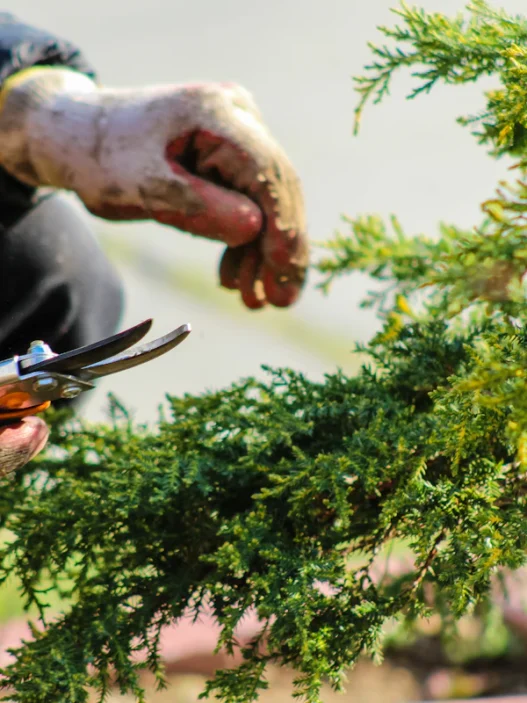Ever dreamed of a picture-perfect raised bed garden, only to end up with a muddy mess? You’re not alone! As a balcony gardening enthusiast, I’ve seen (and made) every raised bed mistake in the book.
But fear not, fellow green thumbs – I’m here to spill the dirt on what NOT to do when building your raised beds.
Choosing the Wrong Location
Think you can slap those beds anywhere? Think again! I once put mine right under a massive oak tree. Big mistake.
Those greedy roots invaded faster than you can say “tomato.” Here’s what to watch out for:
- Avoid spots with poor drainage. Nobody wants a swamp garden!
- Steer clear of areas with heavy foot traffic. Trust me, your lettuce doesn’t need a daily trampling.
- Don’t ignore the sun’s path. That shady corner might look cozy, but your sun-loving veggies will throw a fit.
Remember, location is everything. Take a day to observe your yard’s light patterns before committing. And while you’re at it, check for underground utilities. Nothing kills the gardening mood faster than accidentally digging up a power line!
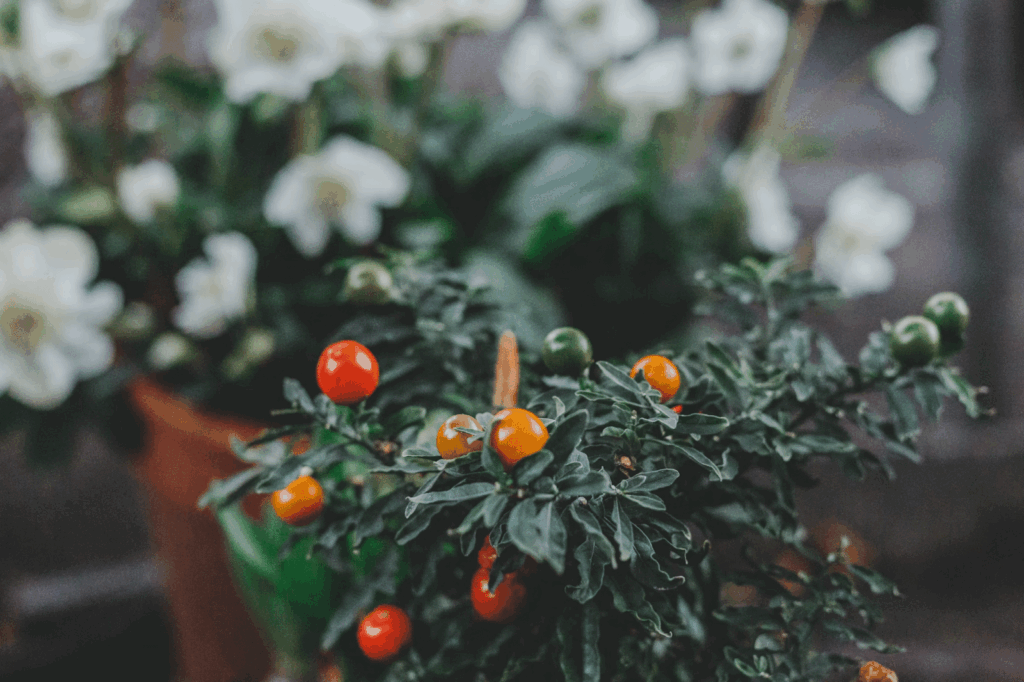
Skimping on Materials
I get it, gardening can be pricey. But using cheap materials is like building a house of cards – it’ll come tumbling down before you know it. Here’s what not to do:
- Don’t use treated lumber. Those chemicals leaching into your soil? No thanks!
- Avoid flimsy plastic beds. They might look cute, but they’ll crack faster than you can say “frost.”
- Steer clear of particle board or MDF. One rainy season and they’ll disintegrate like wet cardboard.
Invest in quality cedar, redwood, or composite materials. Your future self (and your plants) will thank you. And if you’re feeling creative, consider upcycling materials. Old wine barrels or galvanized stock tanks can make fantastic raised beds with a bit of DIY magic.
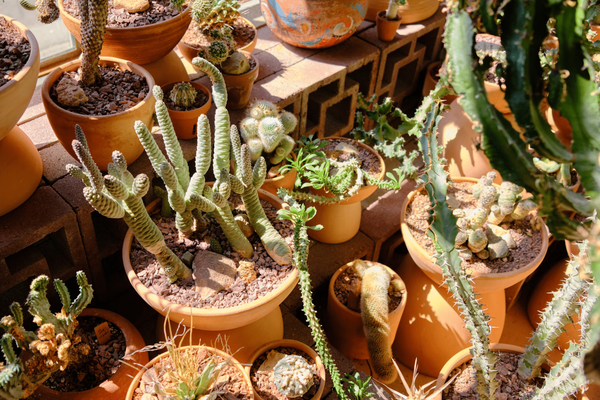
Ignoring Soil Quality
Think any old dirt will do? Wrong! I once filled my beds with straight-up clay from the backyard. My poor carrots never stood a chance. Here’s what to avoid:
- Don’t use soil straight from your yard. It’s often too heavy and lacks nutrients.
- Avoid using only compost. While nutrient-rich, it doesn’t provide enough structure.
- Steer clear of bagged soil labeled “topsoil.” It’s often of poor quality and can contain weed seeds.
Instead, mix your own blend of high-quality potting soil, compost, and perlite or vermiculite for the perfect growing medium.
And Here’s A Pro Tip: Add some worm castings to supercharge your soil. Your plants will grow so fast, you’ll swear they’re on steroids!

Making Them Too Wide
Bigger isn’t always better, folks. I once built a bed so wide I needed a ladder to reach the middle. Talk about a backache! Here’s what not to do:
- Don’t make beds wider than 4 feet. You’ll struggle to reach the center without stepping in.
- Avoid long, unbroken beds. They make crop rotation and maintenance a nightmare.
- Don’t forget about pathways. Squeezing between beds is no fun (trust me, I’ve tried).
Stick to beds that are 3-4 feet wide with clear pathways between. Your back will thank you during harvest time. And if you’re feeling fancy, consider raised beds with built-in seating along the edges. It’s like a garden and lounge all in one!
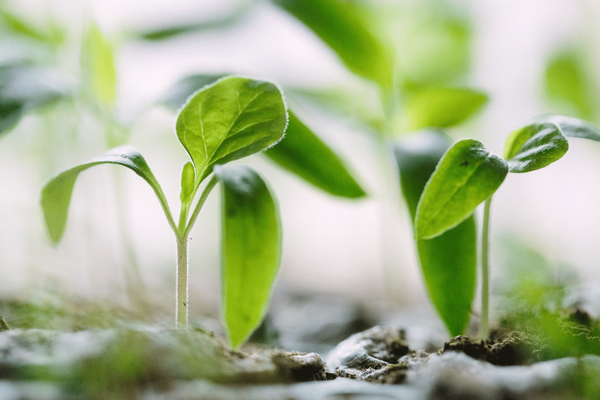
Forgetting About Irrigation
“I’ll just water by hand,” I thought. Cut to me frantically spraying wilted plants during a heatwave. Learn from my mistakes:
- Don’t rely solely on rainfall. Mother Nature can be fickle.
- Avoid overhead sprinklers. They waste water and can spread disease.
- Don’t forget about drainage. Waterlogged roots are unhappy roots.
Consider installing a drip irrigation system or soaker hoses. They’ll save you time, water, and a whole lot of stress.
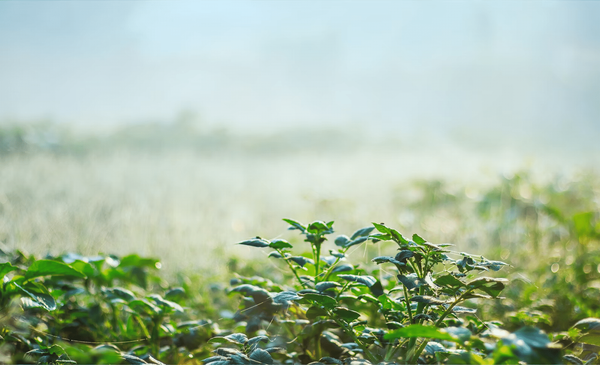
Neglecting Pest Protection
Picture this: You wake up one morning to find your entire crop decimated by hungry critters. It happened to me, and it’s not pretty. Here’s what not to do:
- Don’t assume your raised beds are naturally pest-proof. They’re not.
- Avoid using harmful pesticides. They’ll kill beneficial insects too.
- Don’t forget about burrowing pests. Rabbits and voles can be sneaky!
Install hardware cloth at the bottom of your beds and consider using row covers or netting to protect your precious plants. And here’s a fun trick: plant some sacrificial crops around the perimeter of your garden. It’s like setting up a decoy for pests – they’ll munch on those while leaving your prized veggies alone.
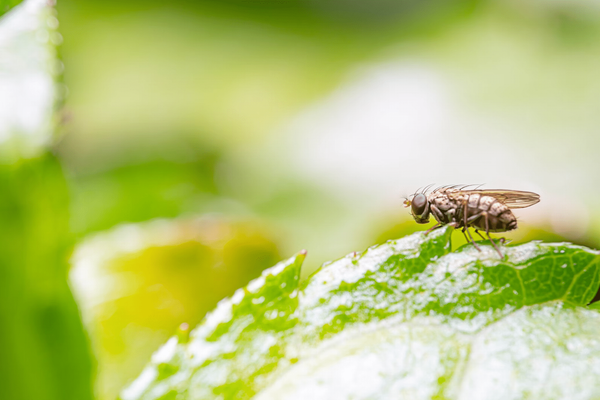
Overcrowding Your Plants
More plants mean more produce, right? Wrong! I once crammed so many tomato plants into one bed, they looked like a leafy mosh pit. Avoid these mistakes:
- Don’t ignore spacing recommendations. They’re there for a reason!
- Avoid planting tall crops where they’ll shade shorter ones.
- Don’t forget about mature plant sizes. That cute little seedling will grow… a lot.
Give your plants room to breathe. They’ll reward you with better yields and fewer disease problems. And if you’re itching to maximize space, look into vertical gardening techniques. Trellises, cages, and supports can help you grow up instead of out.
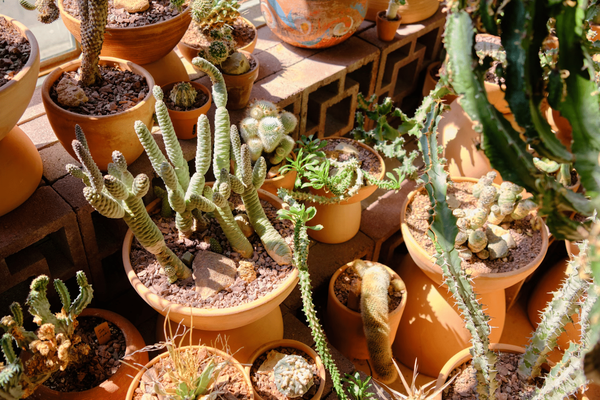
Failing to Plan for the Future
Gardening is a long game, my friends. Don’t make the mistake of thinking short-term:
- Avoid permanent structures that limit flexibility.
- Don’t forget about crop rotation. It’s crucial for soil health.
- Avoid planting invasive species that’ll take over your beds.
Plan for seasons ahead. Consider how you’ll adapt your garden as your skills (and ambitions) grow.
And why not create a garden journal? It’s like a time capsule for your green thumb adventures – plus, it’ll help you remember what worked (and what spectacularly failed) from year to year.

Ignoring Companion Planting
Did you know plants have BFFs too? I once planted onions next to my beans. Big no-no. Here’s what to avoid:
- Don’t mix plants that compete for the same nutrients.
- Avoid planting heavy feeders in the same spot year after year.
- Don’t ignore beneficial plant partnerships.
Research companion planting. Some plants act like natural pest repellents, while others help boost growth. It’s like creating a plant party where everyone gets along!
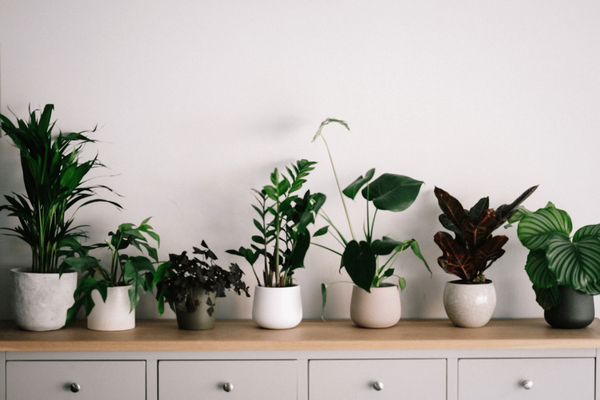
Forgetting About Winter
Just because the growing season ends doesn’t mean your garden care should! I learned this the hard way when I left my beds bare over winter. Come spring, my soil was hard as a rock. Here’s what not to do:
- Don’t leave your soil exposed to the elements.
- Avoid letting weeds take over during the off-season.
- Don’t forget to replenish nutrients after a busy growing season.
Plant cover crops, add a layer of mulch, or use cold frames to extend your growing season. Your soil will stay healthy, and you might even score some winter harvests!
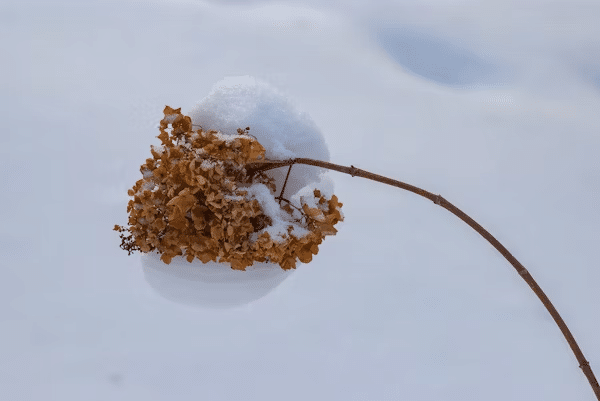
Time to Get Your Hands Dirty!
Building raised beds doesn’t have to be a disaster. Avoid these common pitfalls, and you’ll be well on your way to garden glory. Remember, every gardener has their share of failures – it’s all part of the growing process.
So don’t be afraid to experiment, learn, and most importantly, have fun! Now get out there and grow something amazing. Your future salads are counting on you!










